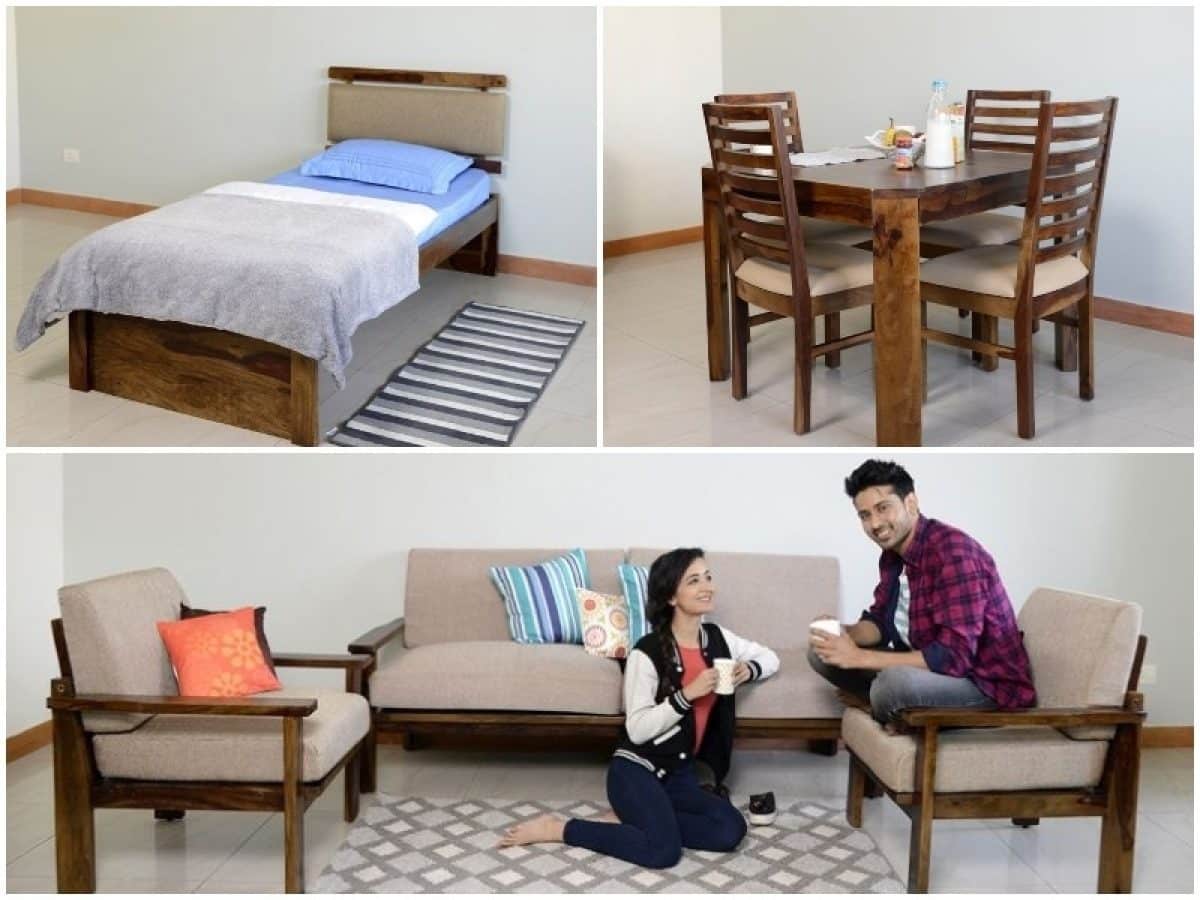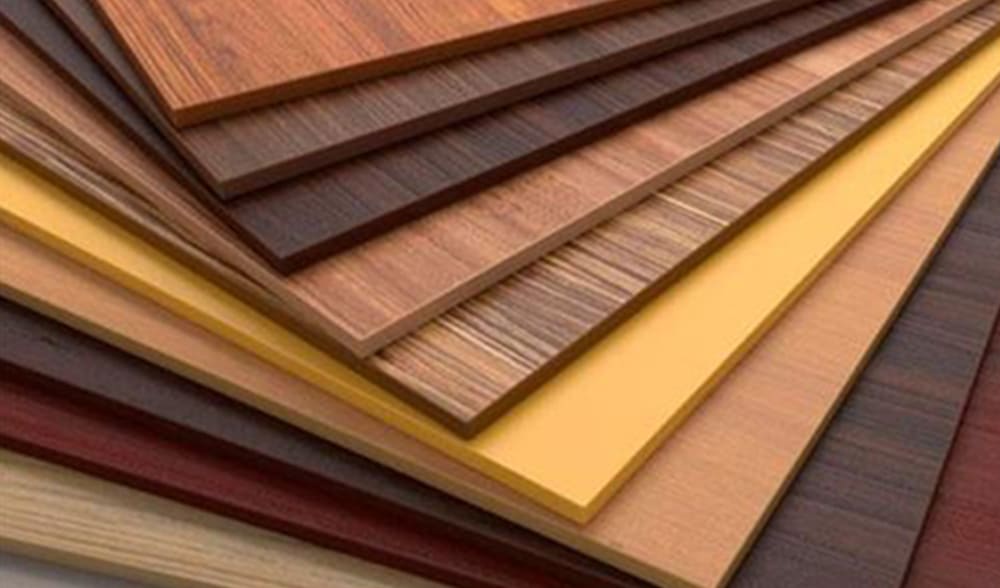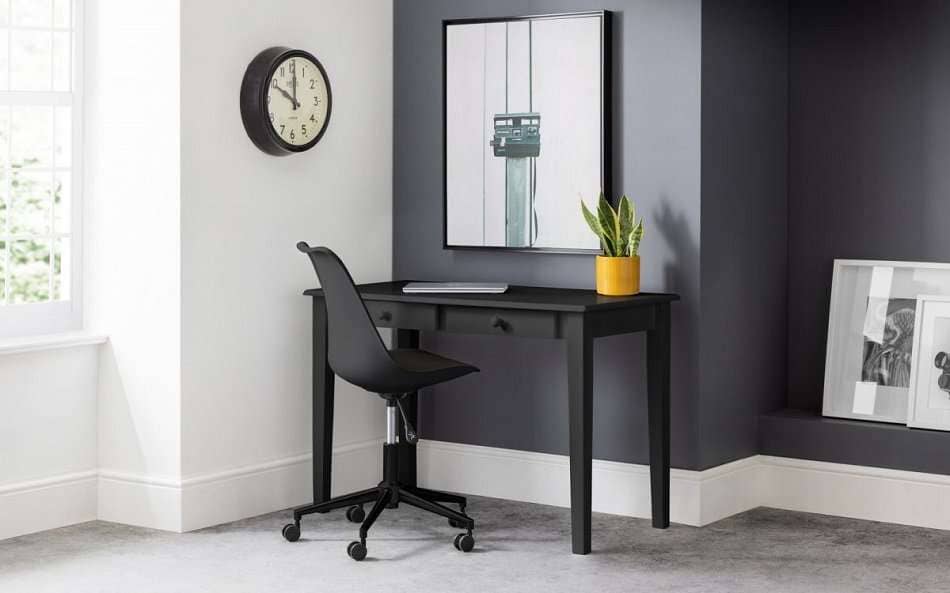In the world of furniture manufacturing, the choice between MDF (Medium Density Fiberboard) and Particle Board has been a longstanding debate, and rightfully so. As consumers become more discerning about the materials used in their furniture, it’s essential to understand the nuances between these two popular options to make an informed decision. Let’s delve into the intricacies of MDF and Particle Board, highlighting their strengths, weaknesses, and ultimately determining the superior choice for your next furniture piece.
Understanding MDF: A Marvel in Modern Furniture Craftsmanship
Medium Density Fiberboard (MDF) is an engineered wood product composed of wood fibers, wax, and resin. Renowned for its uniform density and smooth surface, MDF has become a staple in the furniture industry. Here’s why:
1. Versatility at Its Core
MDF is lauded for its versatility, making it an ideal choice for a myriad of furniture applications. Its consistent density allows for precise machining and intricate designs, making it a favorite among furniture craftsmen aiming for intricate detailing.
2. Durability that Stands the Test of Time
When it comes to durability, MDF doesn’t disappoint. Unlike natural wood, MDF is less prone to warping or cracking, ensuring your furniture maintains its structural integrity over the years. This durability makes it an excellent choice for long-lasting pieces that withstand the rigors of everyday use.
3. A Canvas for Seamless Finishes
One of MDF’s standout features is its smooth surface, providing the perfect canvas for a flawless finish. Whether you opt for paint, veneer, or laminate, MDF allows for a seamless application, resulting in a polished and refined aesthetic.
Unveiling Particle Board: Breaking Down the Composite Choice
Particle Board, also known as chipboard, is another engineered wood product that warrants consideration in the furniture-making realm. Let’s explore its characteristics:
1. Affordability without Compromise
Particle Board shines when it comes to cost-effectiveness. Its composition of wood particles and resin makes it a budget-friendly alternative to MDF. If you’re looking to furnish your space without breaking the bank, Particle Board presents a compelling option.
2. Lightweight and Easy to Handle
If maneuverability is a key concern, Particle Board takes the spotlight. Its lighter weight makes it easier to transport and handle during the manufacturing and assembly processes, making it an efficient choice for large-scale furniture production.
3. Eco-Friendly Credentials
For environmentally conscious consumers, Particle Board often takes the lead. It is frequently made from recycled wood particles, contributing to sustainable practices in the furniture industry. Choosing Particle Board can align with your commitment to eco-friendly living.
Making the Decision: Which Reigns Supreme?
In the battle between MDF and Particle Board, the choice ultimately depends on your specific needs and preferences. If you prioritize versatility, durability, and a flawless finish, MDF emerges as the frontrunner. On the other hand, if affordability, lightweight construction, and eco-friendly considerations top your list, Particle Board takes the lead.
Conclusion: Crafting Excellence in Furniture
In the world of furniture manufacturing, the choice between MDF and Particle Board isn’t a one-size-fits-all scenario. Each material brings its own set of advantages, catering to different needs and preferences. Whether you opt for the precision of MDF or the budget-friendly appeal of Particle Board, the key lies in understanding the unique characteristics of each and making an informed decision.





